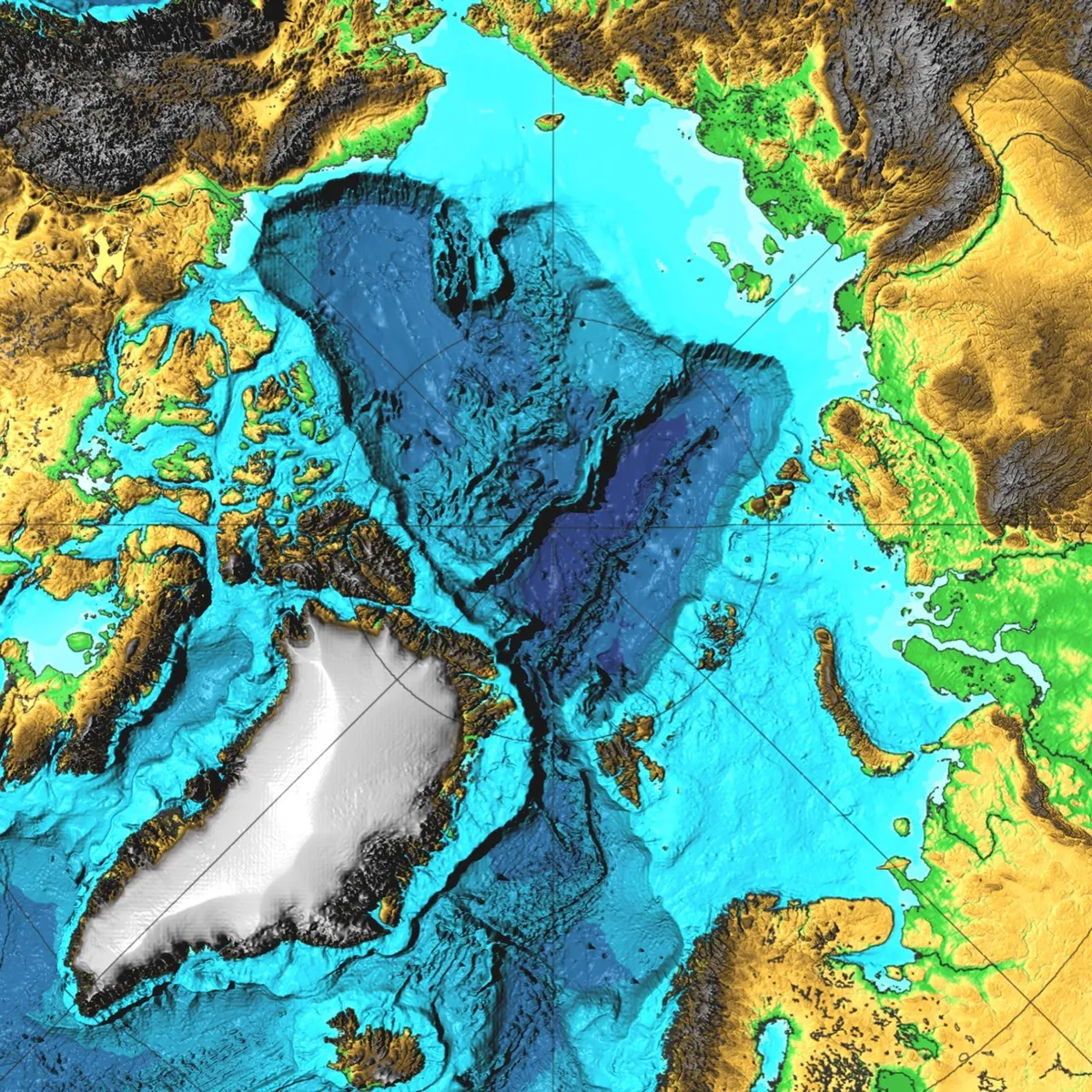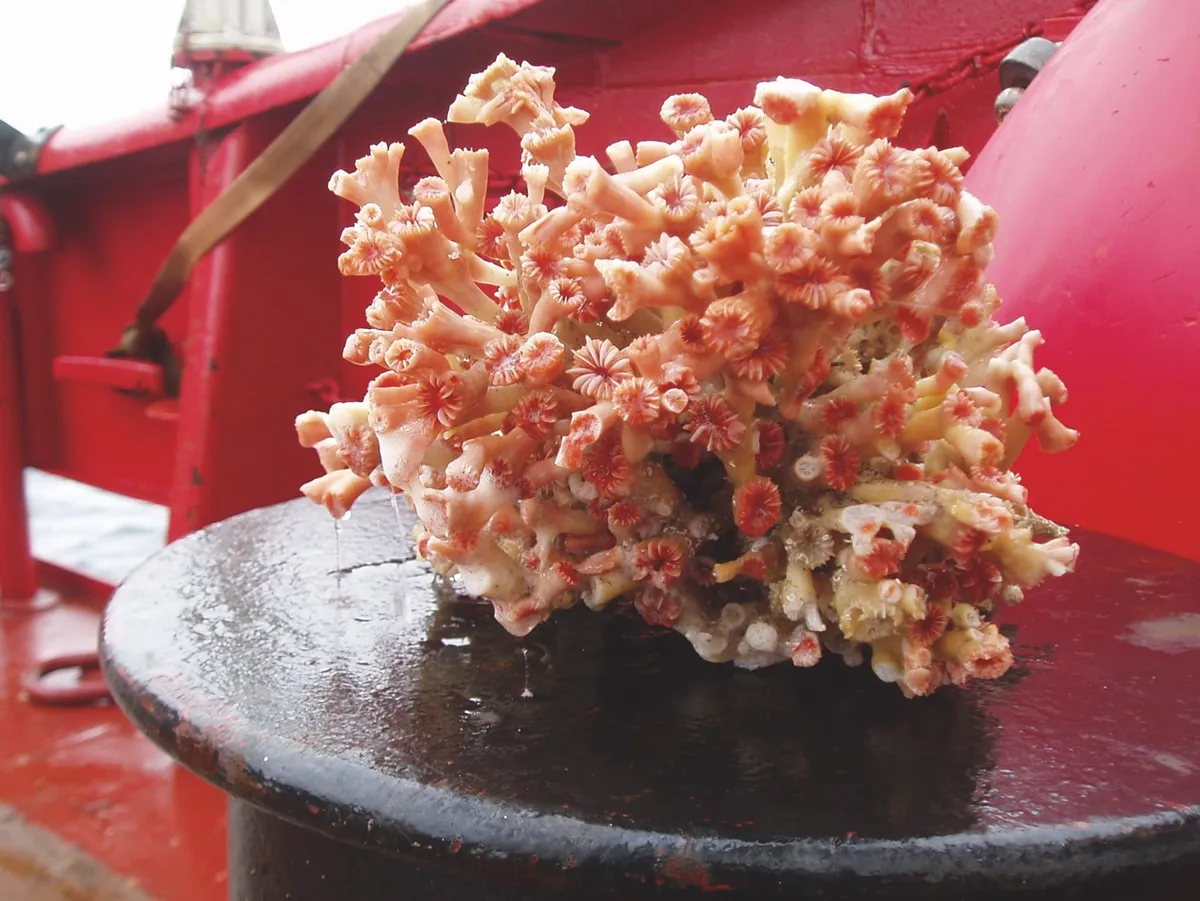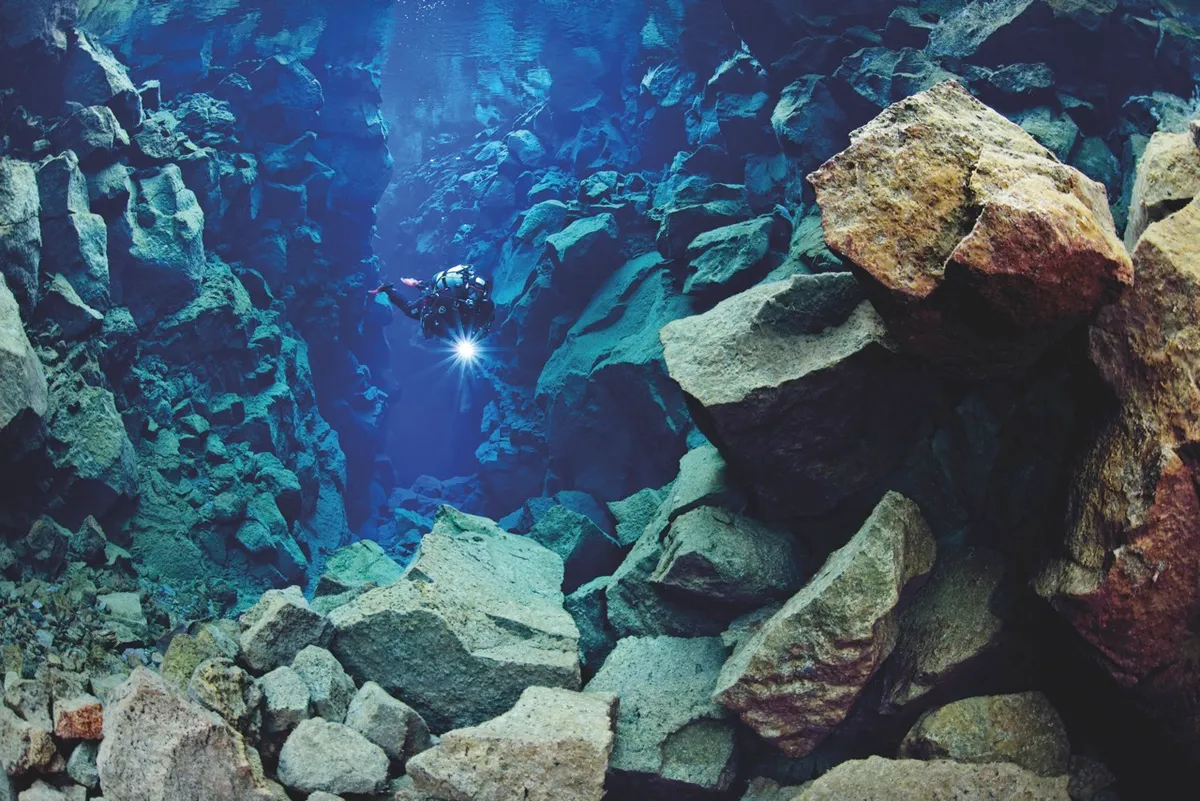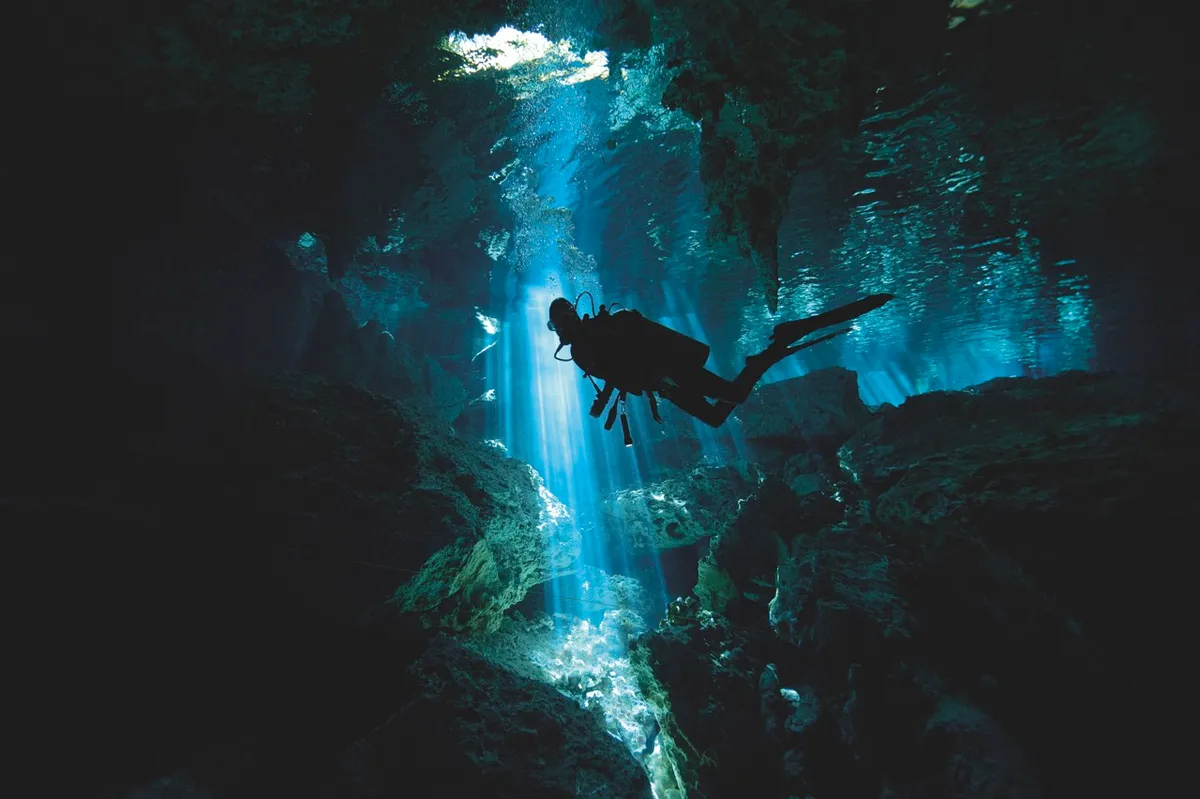We know more about outer space than our own oceans; we have better maps of Mars and Venus than the seabed. So who are thenew breed of divers boldly going where no scientist has gone before – the most mysterious places in the deep blue sea?
1
Underneath the Ross Sea Ice Shelf
A few intrepid research teams have drilled hundreds of metres through the world’s largest ice shelf and found a mysterious collection of species living underneath, including fish and crustaceans. The group of scientists were testing an underwater robot when theystumbled acrossnever before seen sea anemones and peculiar upside-down swimming fish.
No one yet knows how they got there or how they survive such extreme conditions, however, these elusive creatures may have considerable implications for astrobiology, as scientists think that the Antarctic ice shelf has similar conditions toEuropa, one of Jupiter’s moons, indicating extra-terrestrial life may be able to survive in such a frosty environment. Although very little is known about these elusive sea creatures, the researchers are hoping to return to the ice shelf with a redesigned robot to study them further.
2
Gakkel Ridge

Running between Greenland and Siberia, the Gakkel ridge is the deepest mid-ocean ridge in the world, reaching depths of up to three miles. It’s no surprise then that the darkest corners of the Gakkel Ridge remain largely unexplored. Despite this, the underwater mountain chain is where scientists found the first Arctic hydrothermal vents, only in 2003.
Hydrothermal vents are a hot-spot for sea organisms, with up to 100,000 times higher density of organisms than the surrounding ocean, and with those in the Gakkel ridge being so isolated from other oceans, these vents are likely to contain species found nowhere else on the planet. In 2007 researchers conducted theAGAVE(Arctic Gakkel Vents Expedition) mission, in which they discovered large amounts of pyroclastic volcanic deposits, which appear as glass-like structures on the sea floor. The group used an under-water robot to explore the area and found “mats” of large amounts of microbial life.
3
Champagne seeps on the Cascadia margin
In many places methane escapes through cracks in the seafloor known as cold seeps. Confusingly, the temperature at cold seeps tends to be slightly warmer than the surrounding ocean, and because of this the seeps are host to a whole biome of species.
Recently theOcean Exploration Trustfound 500 of these cold seeps off the US West Coast, on the Cascadia margin, where methane fizzes up like champagne. Little-known animals thrive there like mussels with bacteria in their gills that harness energy from the bubbling methane. It’s still a mystery as to where the methane originates, but it’s postulated that it is produced by geological activity beneath the Pacific Ocean. Another unknown is what effect the escaping methane will have on atmospheric methane concentrations, and the environment in general, as methane is a greenhouse gas.
4
Greenland coral reefs

In 2012, researchers stumbled across adeep coral reefwhile taking water samples 900m down off Cape Desolation on Greenland’s southern coast. The crew first realised there was a reef beneath them when they lowered their equipment into the depths and it was smashed by the coral. Initially angered by the destruction of their equipment, the team soon became excited when they realised what lay beneath them.
Virtually nothing is known about theGreenlandreef, however similar cold-water reefs in Norway are 8,000 years old. Unlike coral found in tropical waters, cold-water reefs are capable of thriving in water with a temperature as low as 4 degrees Celsius and in total darkness. This is because, unlike their tropical relatives, cold-water corals do not rely on sunlight for energy, instead feeding on zooplankton that is brought to the reef by ocean currents. Due to the depth at which they are found, much mystery still surrounds cold-water reefs and the animals that inhabit them.
5
Horizon Deep in the Tonga Trench
After the Mariana Trench, the second deepest place on Earth (only 150m shallower) is likely to be home to a host of strange hadal zone creatures, such as jellyfish and sea cucumbers. The Tonga Trench lies between the Pacific Plate and the Indo-Australian Plate, in the South Pacific Ocean, and is over 10km deep at some points.
6
Von Damm Vent Field
These peculiar hydrothermal vents made from talc (magnesium silicate, as found in baby powder) were discovered in 2010, and tower as high as 75m from the sea floor. Hydrothermal vents are usually made of sulphide compounds. The Von Damm Vent Field is part of the mid-ocean ridge system within the Caribbean Sea, of which 75 per cent is still yet to be explored – what other mysteries could still be uncovered here?
Vent fauna is diverse and abundant, and 500 new animal species have already been discovered at hydrothermal vents within the mid-ocean ridge system. Huge numbers of shrimp flock to the talc mounds as minerals are fired out of the hydrothermal vents. The water from the vents can reach up to 200 degrees Celsius and the vent field transfers 500 megawatts of energy into the surrounding sea.
7
Carter Seamount
First studied in detail in 2013 by a team from the University of Bristol, Carter is one of thousands of seamounts formed from extinct, underwater volcanoes -most remain un-studied. Carter rises to 200m below the surface of the Atlantic Ocean and is covered in a rich ecosystem of corals and sponges. It is estimated that there are over one million submarine volcanoes, many of them still active, found in hot spots around the world. Seamounts are one of the most common marine ecosystems, and attract a variety of fish, corals and mammals. Unfortunately, in recent years the variety of species found at seamounts has reduced due to over-fishing, in particular bottom trawling.
8
Silfra fissure

Located in the middle of Iceland, this is the only place where you can swim in the crack between two continents. It is here that the Eurasian and North American plates meet, creating a crevice with a depth of up to 63 metres. Its fissure gets 2cm wider every year, building tension between the plates and the Earth, which is released byearthquakes.
The freshwater is claimed to be the ‘clearest water on Earth’, with visibility up to 100m, and as a consequence the fissure is a popular snorkelling and diving location – despite the water temperature reaching as low as two degrees Celsius. The water within the fissure is particularly clean as the glacial water has been filtered through porous rock, clean enough to drink as you dive in fact.
9
Twilight zone reefs in the Chagos Islands
Very few of the world’s coral reefs have been studied deeper than 40m, in the part of the ocean known as the twilight zone. The mesophotic coral habitats found here are adapted to very low light levels, and although many of the coral species found in the twilight zone can also be found in shallower waters, many have distinctive shapes more suited to the lack of light.
In the remote central Indian Ocean,healthy deep reefsin the Chagos Islands could help shallower areas recover from the mass coral bleaching of 2016. Bleaching occurs when a coral becomes stressed by its environment, for example due to a change in temperature throughclimate change. Although bleached coral is not dead, it is at a higher risk of being damaged. Shallow water coral reefs are more susceptible to bleaching due to exposure to the Sun, and twilight zone reefs provide a refuge for shallower species that may be threatened. Exploration of the area is limited by the remoteness of the islands, and until only recently dives were restricted to 25m, therefore much still remains unknown about the mesophotic reefs.
10
Cenotes of Mexico’s Yucatán peninsula

Thousands of deep sinkholes were created in Mexico by collapsed limestone bedrock and form part of the longest underwater cave system in the world. Although located across the entire peninsula, there is a high density of cenotes found around the rim of the Chicxulub crater, created by an asteroid or comet 66 million years ago in the event that is thought to have caused theextinctionof the dinosaurs.
The caves and cenotes are flooded with freshwater overlying saltwater, which seeps in via connections to the sea. The cenotes found on the Mexican peninsula have always had an air of mystery – the Maya used to believe they were the entrance to the afterlife, and considered them sacred. Many remain unexplored, however divers have begun to map the subterranean bodies of water, swimming lengths of up to 60 miles.